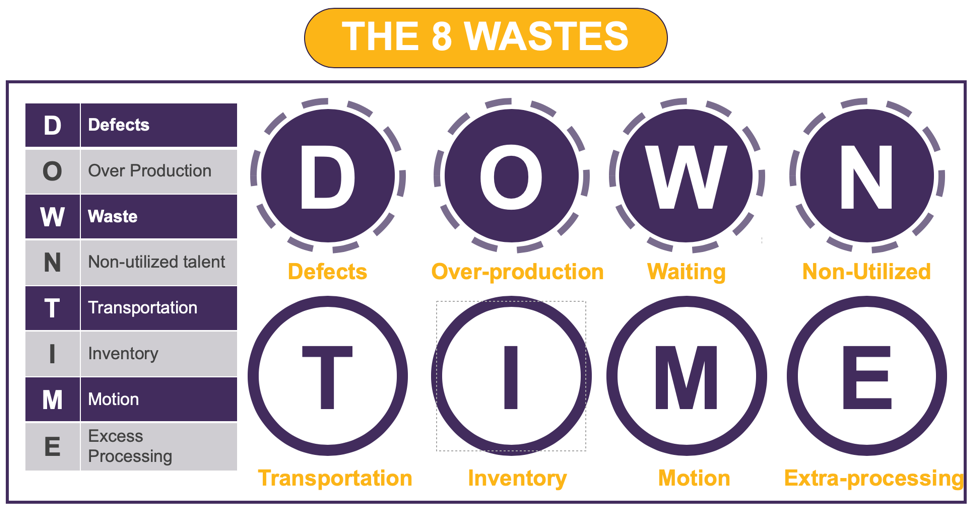Simplify your processes by eliminating unnecessary activity and assuring consistency in the inputs and decision-making process for a process worthy of standardization.
Business process improvement (BPI) is a critical element to an organization’s success. It enables companies to stay competitive, improves employee engagement and team morale and optimizes operations to sustain operational excellence.
An ongoing process, BPI starts with discovery and analysis. Once this phase is complete and you understand people, processes, information and technology, it’s time to start making sustainable improvements, whether that means eliminating redundancies or steps in a process to increase efficiency or standardizing and automating processes.
It’s tempting to engage IT and request to automate the discovery process. However, the problem with this approach is that it could automate inefficient processes or add unnecessary complexities. Consider reviewing your potential improvements through the hierarchical lens of simplify, eliminate, standardize and automate.
The premise of BPI is that before you add technology, you first optimize your processes, starting with simplification.
The KISS Principle in Operational Excellence
KISS is an acronym for “Keep it Simple, Stupid.” Popularized by the U.S. Navy in the 1960s, the KISS principle states most systems work best if kept simple. While the name may be a little crass, the idea that businesses should keep simplicity as a key design goal of any process remains relevant.
The KISS principle is the go-to method for making the most impact on your process. Beyond a reminder to keep things simple, the principle has to extend to the standardize and automate steps of BPI. Think about applying simplification techniques to the incoming inputs or the process itself.
Consider the following as you standardize and automate processes, as each contributes to uniform, standardized practices and the ability to automate with technology:
- Keep Quality Vendors: Assessing vendors and how they contribute to your overall success allows more consistent inputs for your process. Leveraging good suppliers reduces both the variation in items required by your process and the administrative activity and costs associated with procuring these. As the adage goes, “don’t be penny smart and pound foolish!”
- Keep It About People: Involving key people early through a cross-functional team allows you to make necessary decisions where they have the most impact. Making decisions earlier in a process prevents unnecessary work and limits the amount of rework needed to deliver to the customer’s expectation. Cross-functional teams provide a localized perspective on the impacts of delaying decisions.
- Simplify Processes to Focus on Value-Added Activities: Eliminate activities that don’t add value and reduce waste to create simple and standardized processes. There are many ways to simplify, but the main point is spending time on the steps that genuinely add value to the customer.
Eliminate Waste to Pave the Path to Standardization
As you think about eliminating unnecessary steps in business processes, consider these areas:
1. Conduct a “waste walk” to identify areas that consume time or resources but don’t ultimately benefit the customer. Having your team focus on the eight wastes identified by Lean allows the identification and prioritization of activities that simplify your processes once removed. Waste areas include:
-
- Overproduction: producing too much or too soon
- Waiting: employees or machines are idle
- Inefficient operations: including unnecessary steps or steps that don’t add value to the customer
- Transport: inefficient movement of materials or products
- Inventory: excess inventory on hand
- Motion: unnecessary movement within your company, either people or product
- Poor quality: low quality in design or manufacturing processes
- Misused resources: not using employees, equipment or funds appropriately or to their full potential.
2. Eliminate bureaucracy through reduced handoffs. A swim lane map highlights the handoffs in a process. Focus your team’s effort on understanding why a process must cross the lanes (or why they need to hand it off). Typically, handoffs create delays in the process. Understanding the benefits of a handoff will allow your team to determine if it is worth the disruption it causes.
3. Reduce duplication of effort by combining steps, improving the interface between steps or considering co-location and the sequence of associated tasks. This also helps simplify processes. When steps in a process are seamless across activities, it reduces the chance of lag along the way. Provide workers necessary training to deal with hiccups that occur in their day-to-day activities.
4. Reduce inventory through one-piece flow techniques and faster setup times. Switching between types of work typically adds interruptions in preparing for new work. Focusing your team’s efforts on understanding the time spent during this change prevents backlogs and allows continued process performance.
5. Ensure understanding of key metrics. Make sure you track and communicate the right metrics. Identifying the vital measures indicating performance provides workers feedback to address their activity. Like we say, “What gets measured gets done!”
Simplifying processes and eliminating inefficient or non-value-added activities help optimize processes as you prepare for automation and introduce your team to the continuous improvement mindset needed to sustain process improvement.
Automation can only come after you eliminate, simplify and optimize processes. Creating a master workflow system to combine systems will reduce redundancies and waste. Various technology solutions can help you automate business processes where it makes sense based on your short- and long-term goals.
Wrapping Up
Simplify your process by eliminating unnecessary activity and assuring consistency in the inputs and decision-making for a process worthy of standardization. Identify which areas the KISS principle might improve through a Process Assessment.
If you’re stuck, consider using a partner who can help you learn the benefits of process simplification, standardization and automation and who can help you move toward your future state goals.

